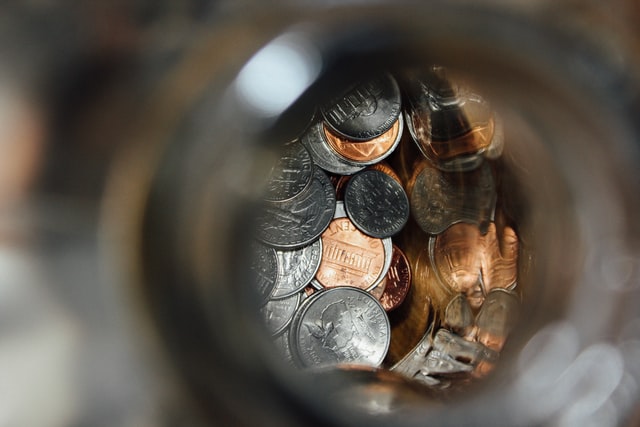Industry core view:
Last week, the electronic index (Shenwan level) fell as a whole, down 4.20%, 3.21 percentage points lower than the Shanghai and Shenzhen 300 index. From the perspective of sub industries, among the secondary sub industries, the decline of components was the smallest, with a decline of 3.69%. Among the three-level industries, the smallest decline was semiconductor equipment, with a decline of 1.66%. In the industry dynamics last week, in the integrated circuit sector, TSMC decided to mass produce the second version of 3nm process n3b this year, and produced simultaneously in the eighth phase of the R & D center of Hsinchu plant 12 and plant P5 of Nanke plant 18 in August this year. The launch of the new process is conducive to boosting consumer confidence and benefiting mobile phones, tablets and other terminal applications. In the consumer electronics sector, vivo released the folding screen mobile phone vivoxfold, which means that the top brands in the Android camp have gathered on the folding mobile phone track. In recent years, the folding screen mobile phone market has developed rapidly and has become an important choice for medium and high-end consumer groups. In the future, with the decline of cost and performance optimization, the product penetration is expected to be further improved. Investors are advised to pay attention to the important boom tracks in the electronics industry and recommend landscape segmentation fields such as storage, MCU and power semiconductor.
Key investment points:
TSMC’s 3nm process is about to be mass produced, boosting public consumer confidence: on April 12, TSMC’s 3nm process made a major breakthrough, which had been repeatedly delayed due to technical development. TSMC decided to mass produce the second version of 3nm process n3b this year, and produced it simultaneously in the eighth phase of the R & D center of Hsinchu 12 plant and P5 plant of Nanke 18 plant in August this year. In recent years, the integrated circuit manufacturing process has made continuous progress. From the mature 5nm to the 4nm to the latest 3nm cutting-edge manufacturing process, the semiconductor manufacturing technology has made great progress and the performance has been significantly improved. The release of the new process is conducive to boosting the public’s consumption will and confidence, and benefiting the terminal demand of mobile phones, tablets and so on.
Vivo released the folding screen mobile phone vivoxfold and officially entered the folding mobile phone market: on April 11, vivo released the folding screen mobile phone vivoxfold, which means that the top brands of Android camp have gathered on the folding mobile phone track. According to the data of counterpoint, in 2021, the global shipment of folding mobile phones reached 9 million, with a year-on-year increase of 200%, which is much higher than that of the smart phone market. In recent years, due to the epidemic and other reasons, there are relatively few mass entertainment projects. Therefore, more time is spent on electronic products such as mobile phones, and higher requirements are put forward for screen effect and performance. Folding mobile phones can bring better visual experience and ease of operation. Therefore, they are loved by some business and medium and high-end consumer groups. At present, they are in the stage of rapid development. In the future, with the gradual maturity of the industrial chain, the cost may be reduced and the penetration rate is expected to be further improved.
The industry valuation level gradually entered a lower range: the PE (TTM) of SW electronics sector was 22.66 times, significantly lower than the peak level of 88.11 times in the 4G construction cycle.
The performance of the electronics sector rebounded last week: among the 369 stocks in Shenwan electronics industry last week, 35 rose, 331 fell and 3 remained flat, with an increase ratio of 9.49%.
Risk factors: the risk of continued conflict between Russia and Ukraine; Trade friction risk; The risk of technology R & D not keeping up with expectations; The risk of intensified competition in the same industry.
